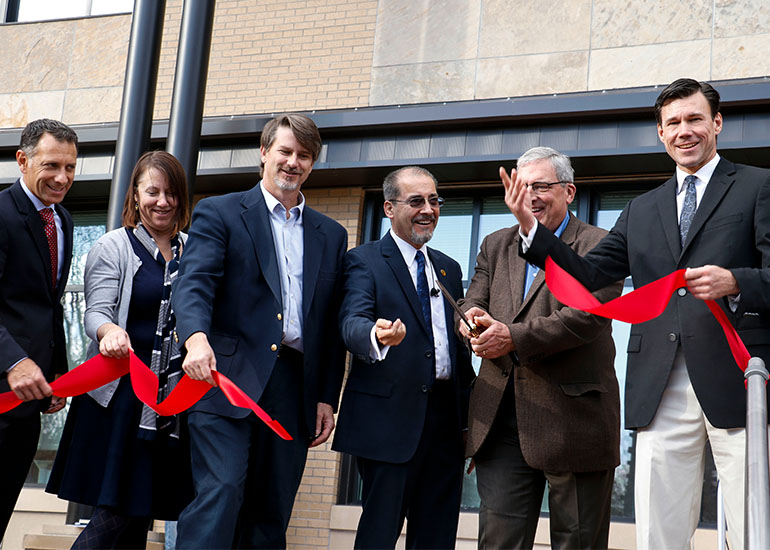By: Korey D. White, AIA, NCARB, Licensed Architect at RNL Design
AIA National Associates Committee Vice Chair 2016/Chair 2017
Disruption is all around us. We have recently seen it in the likes of the transportation industry, the energy market, and our politics. Historically, major disruptions have transformed how we live and how our cities work. The invention of the car in the 1800s, for example, changed the course of urban planning that has continued to this day. The content delivery of books, a foundation of our society, have been revolutionized to be predominantly digital in nature. And environmental concerns related to climate change have altered how we harvest our energy. These examples have given rise to new industries and advanced technologies, but have also caused casualties to those who didn’t adapt. For example, as US policy shifts away from pollution heavy coal burning, the mining industry has been burned. Where does the miner, who has specialized skills, go? This situation can be applied to our own industry as well. If we disrupt the profession of architecture, what does that mean for the workplace and types of employment? Will people lose their jobs? Will technology replace us?
We live in a world where data is accessible, can be gathered by almost everyone and is being used to help others prosper. Take 2016 Pritzker laureate Alejandro Aravena for example. His firm, Elemental, released four social housing designs for public use. Aravena suggested he released his designs because “we need to work together to tackle the challenge of rapid migration” (ArchDaily, 5 April 2016). This release of design into an open forum could be seen as a disruption to the profession as we have known it. The benefit of sharing data and design lies in the ability for us to gather what has worked successfully, humanize it and strengthen the relationship our users have to the buildings.
Over the past few months, the National Associates Committee and the Young Architects Forum have analyzed and gathered data on what the disruptions might be for the architecture industry. And
this isn’t the only disruption we will see. As a profession, we need to be open to more. We need all architects to think about disruption differently. Disruption isn’t going to take our jobs away. It is going to create opportunity for new jobs. Technology has its downfalls but also has the ability to allow for the freedom to use our talents the way we want to use them. Technology allows us to create a kit of parts and use these components to think through boundless design options and new thought.
Change is inevitable and often scary. But if our firms can learn to be nimble and agile, we have exponential potential to create environments that are best for our communities. Whatever it is, I will be ready to embrace Architecture 2.0.
Photo courtesy of Korey D. White









